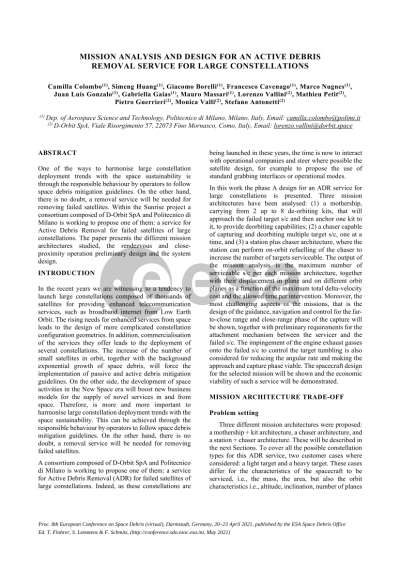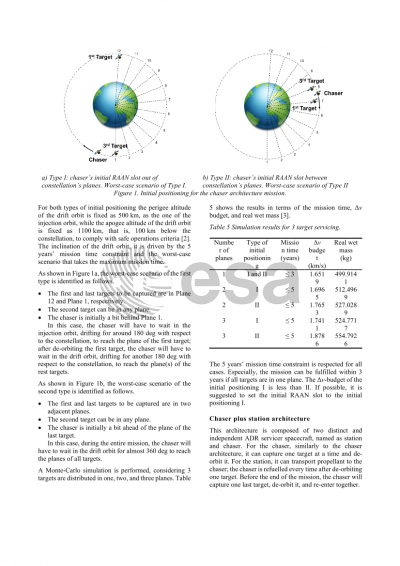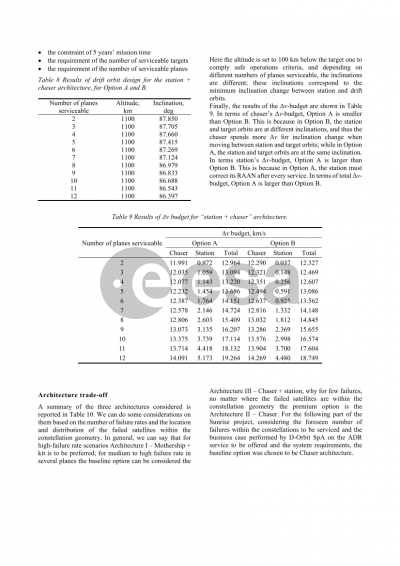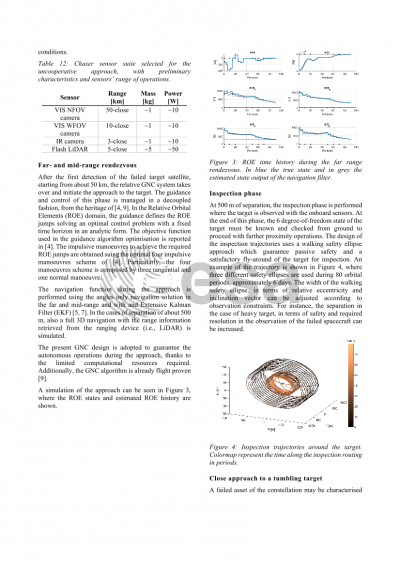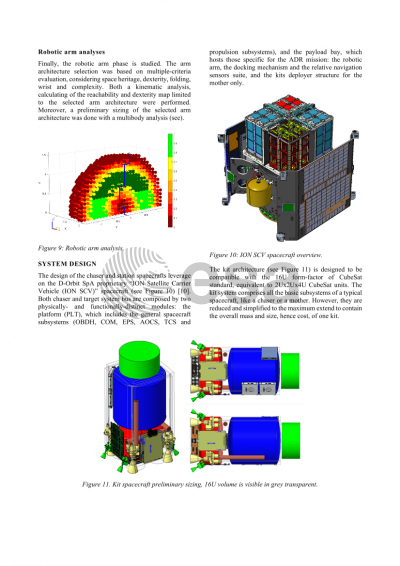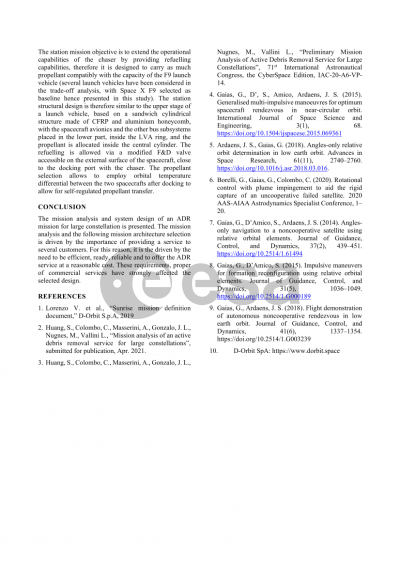Document details
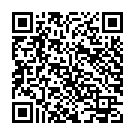
Abstract
In the recent years we are witnessing to a race to launch several large constellations composed of thousands of satellites for providing enhanced telecommunication services, such as broadband internet. The increase of the number of small satellites in orbit, together with the background exponential growth of space debris, will force the implementation of passive and active debris mitigation guidelines. On the other side, the development of space activities in the New Space era will boost new business models for the supply of novel services in and from space.
A consortium composed of D-Orbit and Politecnico di Milano is working to propose one of them: a service for Active Debris Removal (ADR) for failed satellites of large constellations. Indeed, as these constellations are being launched in these years, the time is now to interact with operational companies and steer where possible the satellite design, for example to propose the use of standard grabbing interfaces or operational modes.
In this work the phase A design for such ADR service will be presented. Three mission architectures were under analysis: (1) a mothership, carrying from 2 up to 8 de-orbiting kits, that will approach the failed target s/c and then anchor one kit to it, to provide deorbiting capabilities; (2) a chaser capable of capturing and deorbiting multiple target s/c, one at a time, and (3) a station plus chaser architecture, where the station can perform on-orbit refueling of the chaser to increase the number of targets serviceable. The output of the mission analysis is the maximum number of serviceable s/c per each mission architecture, together with their displacement in plane and on different orbit planes as a function of the maximum total delta-velocity cost and the allowed time per intervention. Moreover, the most challenging aspects of the missions, that is the design of the guidance, navigation and control for the far-to-close range and close-range phase of the capture will be shown, together with preliminary requirements for the attachment mechanism between the servicer and the failed s/c. The impingement of the engine exhaust gasses onto the failed s/c to control the target tumbling is also considered for reducing the angular rate and making the approach and capture phase viable. The spacecraft design for the selected mission will be shown and the economic viability of such a service will be demonstrated.
Preview
